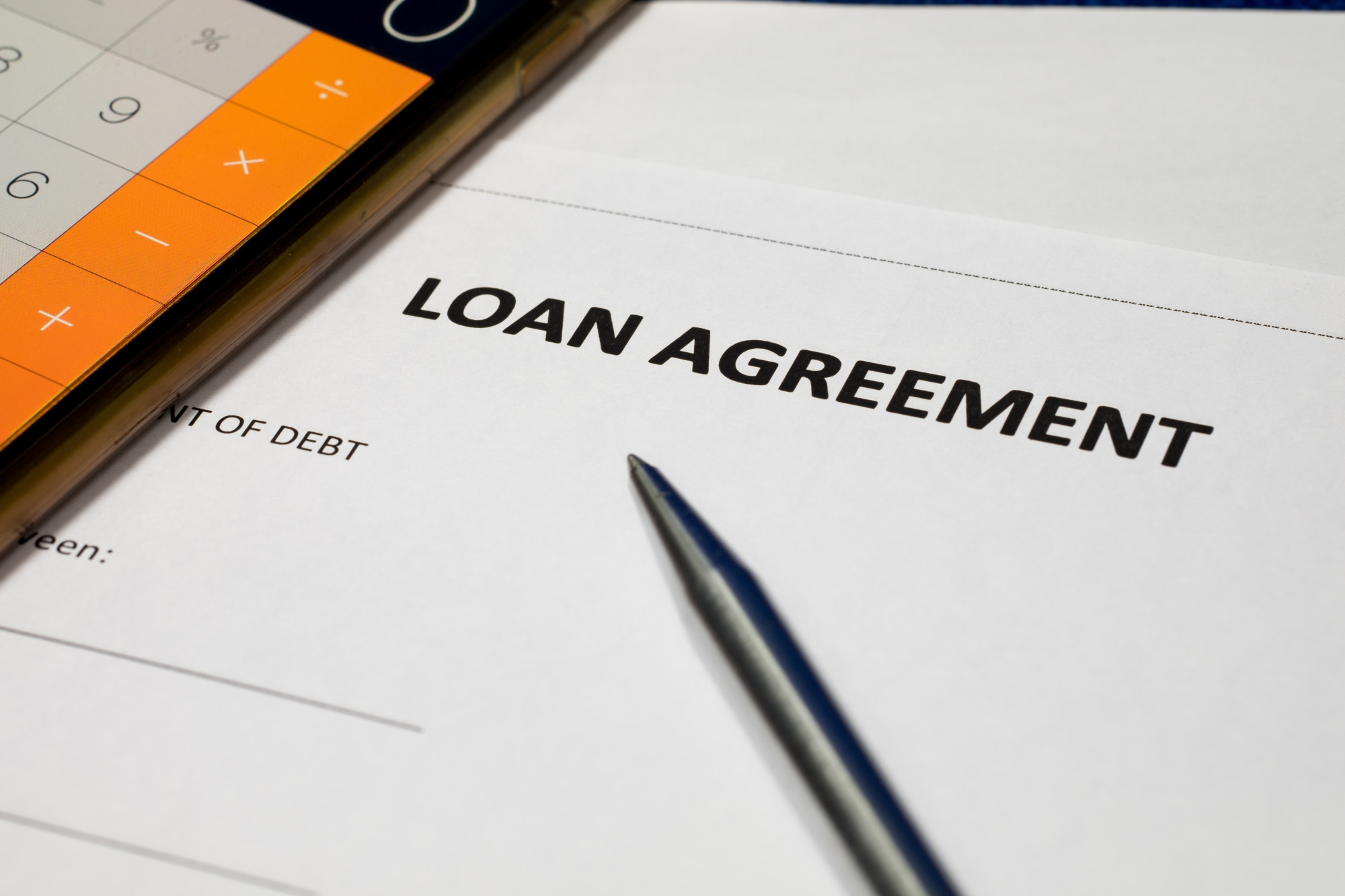Did you know that there are over 500 million credit cards being used by Americans today? If you find yourself needing extra cash before your next payday, having a credit card in your back pocket can come in handy.
However, as with any form of credit, you need to be careful how you use it.
For some, a credit card might be more of a temptation than an option. If this is the case, then taking out a secured loan might be better for you.
Keep reading to learn the different types of loans and which one is better for you.
Secured Loan: Collateral
It’s an asset that a lender requires to secure a collateral loan in the event that the borrower defaults. Unsecured loans can be beneficial to those with a lower credit score since collateral is not needed. This makes unsecured loans readily available to those with non-existent or poor credit history.
On the other hand, this guide shows how bridging finance works in the context of secured loans providing greater amounts and competitive interest rates due to the collateral requirement. However, if the borrower fails to repay the loan, the collateral can be repossessed by the lender. Unsecured loans are generally riskier for lenders and so are typically only available for smaller loan amounts.
Risk For The Borrower
A secured vs. unsecured loan is an important concept to understand when considering the borrower’s risk. An unsecured loan is supported and issued only by the borrower’s creditworthiness. The lender has no security that their loan will be repaid, so the risk of default is higher.
As a result, lenders may require a larger down payment to compensate for the additional risk. A secured loan, on the other hand, is backed by a tangible asset. If the borrower fails to pay back the loan, the lender can take possession of the asset to cover the remaining balance.
This adds additional security to the lender but typically leaves the borrower at greater risk, as they can lose a valuable asset if they fail to repay the loan.
Interest Rates And Loan Amounts
Unsecured loans have higher interest rates because there is no collateral securing the debt. They typically have smaller loan amounts than secured loans, often ranging into the thousands. Secured loans, in contrast, require collateral such as a home or car and are viewed as lower-risk investments by lenders.
Because the loan’s collateral secures the debt, lenders are willing to give out larger loan amounts for secured loans with lower interest rates.
Application Process
The application process differs in key ways. For an unsecured loan, the application process is relatively straightforward. When applying, you will have to provide personal and financial information such as income, debts, and credit rating.
A secured loan application requires some additional steps, such as providing the lender with an asset or assets as collateral. The lender can repossess the assets should the borrower fail to make timely payments. The lender will also need to assess the value of the asset provided as security to determine the loan terms.
Determine The Best Loan For Your Financial Situation
It is important to understand the difference between unsecured and secured loans. Secured loans are often more beneficial to the owner because the loan company is protected if payments are not made, while unsecured loans tend to come with higher interest rates.
Interested in learning more? Bookmark our site now and come back for more insights and valuable information!






